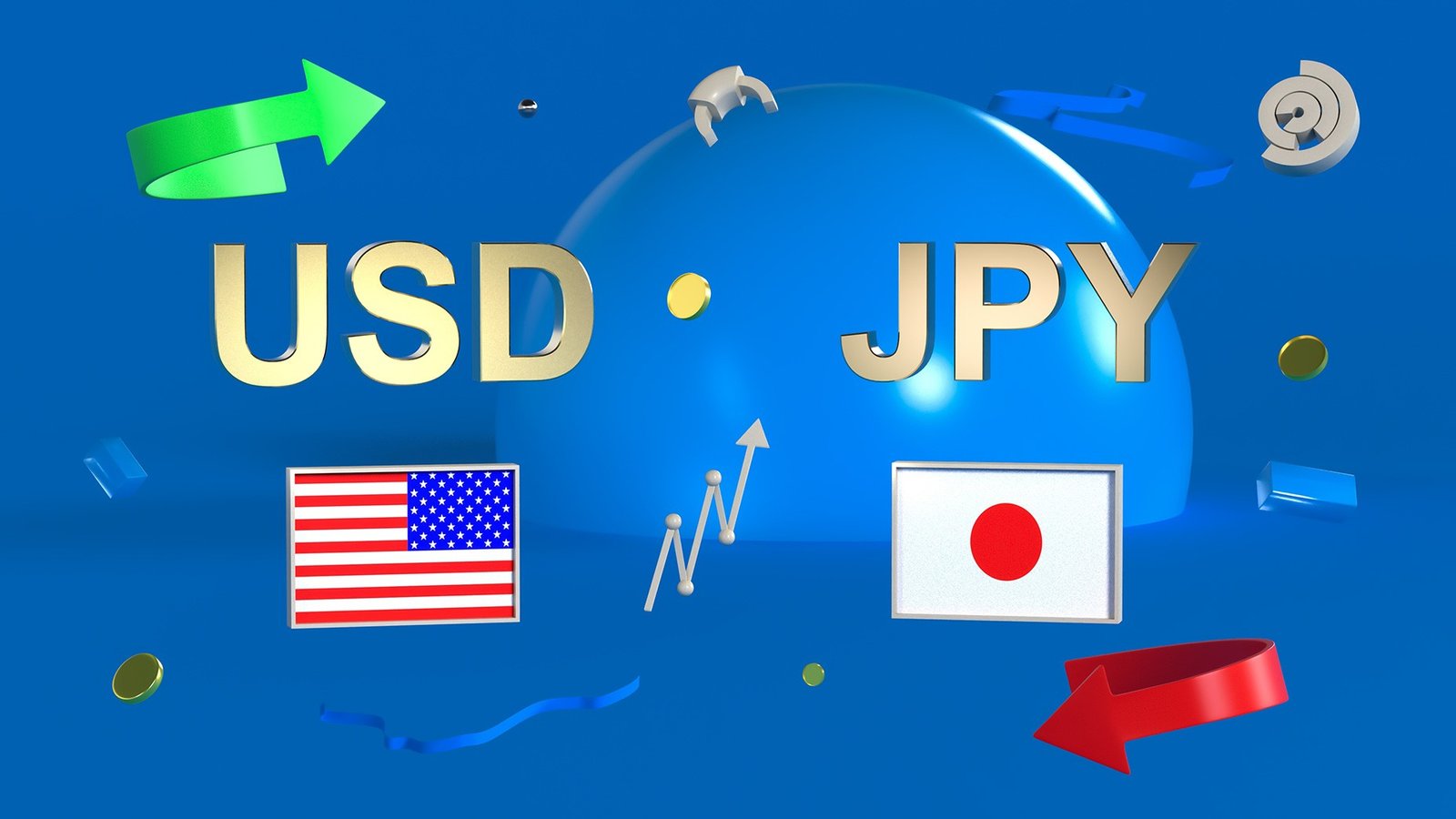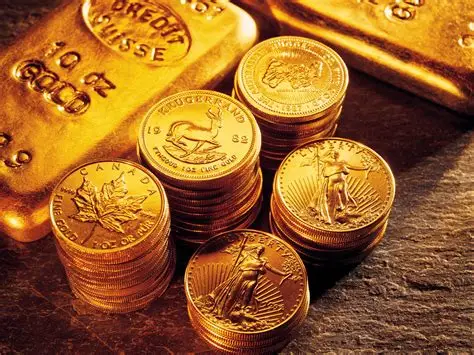Silver Price Prediction: XAG/USD Remains Close to $38 with US-EU Trade Deal and Fed Rate Hesitancy
Silver (XAG/USD) moves carefully in the vicinity of the $38.00 level with enhanced market mood from a settled US-EU trade deal diminishing safe-haven demand. The deal, which places 15% duties on Brussels imports, has increased investor risk appetite, evidenced by climbing S&P 500 futures. In the meantime, market players are looking for the Federal Reserve’s next policy decision with expectations that interest rates will be held steady. With the Fed’s extended higher rate policy bearing down on non-yielding assets such as silver, pressure is put on the white metal, particularly as bullish momentum ebbs away, as can be seen in technical readings. KEY LOOKOUTS • The ratified trade deal, featuring 15% tariffs on EU imports, has increased market risk appetite, dampening demand for safe-haven assets such as silver. • Wednesday’s Fed meeting has everyone watching, anticipating steady rates. Any unexpected hawkish cues may continue to pressure silver. • Support is at the June 18 high of $37.32, with resistance near the June 23 high of $39.53. • The RSI declining below 60.00 and silver’s retreat from recent highs indicate fading bullish strength in the near term. Silver (XAG/USD) stays in wary bearishness around the $38.00 threshold as better risk appetite globally, fueled by the completed US-EU trade agreement, diminishes demand for conventional safe-haven assets. The deal, which calls for a 15% import tariff from Brussels, has boosted market confidence, seen in the surge of S&P 500 futures. Meanwhile, the market is focused on the upcoming Federal Reserve policy announcement, where interest rates are expected to be left unchanged. But the Fed’s policy of keeping higher rates for a longer period continues to burden non-yielding assets such as silver, again clouding the bullish picture. Silver (XAG/USD) is trading cautiously at around $38.00 as the US-EU trade agreement improves risk appetite and undermines safe-haven demand. Attention now turns to the Fed’s next policy decision, with stable rates likely to continue exerting pressure on silver prices. • Silver is trading around $38.00, coming under pressure on the downside as global risk appetite improves. • US-EU trade agreement finalized, with the US slapping 15% tariffs on EU imports, enhancing investor sentiment. •Demand for safe-haven assets shrinks as equity markets respond favorably to the trade agreement. •Fed likely to maintain rates unchanged at 4.25%-4.50% during the next policy meeting. •Increased interest rates pressurize silver, a non-yielding rate-sensitive asset. •Technical support at $37.32, with resistance around June 23 high of $39.53. • RSI below 60.00 indicates declining momentum, causing alarm for continuation to the upside. Silver (XAG/USD) is trading with a conservative tone at the $38.00 level, following the news of a US-EU trade deal. The agreement, which involves a 15% tariff on EU imports to the US, has reduced geopolitical tensions and put investor sentiment in a positive mood. Consequently, safe-haven assets such as silver have declined in demand, while equities and riskier assets have become more aggressive. General optimism over the trade agreement has moved attention from metals to growth-driven investments. XAG/USD DAILY PRICE CHART SOURCE: TradingView Market focus now moves to the coming Federal Reserve policy announcement, where the central bank will hold onto the current interest rate bracket. With inflation easing and economic growth solid, the Fed has less need to make rates adjustments in the immediate future. Nonetheless, the extension of higher borrowing rates renders non-yielding assets such as silver unappealing to investors. Silver prices, in the short term, could continue to suffer from general economic optimism and normal monetary policy, unless new geopolitical threats or economic shock trigger safe-haven demand. TECHNICAL ANALYSIS Silver (XAG/USD) has retreated back to the $38.00 handle after hitting recent peaks at around $39.53. The 20-day Exponential Moving Average (EMA) is set as a major support level, suggesting a potential cushion for additional downside. In the meantime, the 14-day Relative Strength Index (RSI) has fallen below the 60.00 mark, which shows declining bullish momentum and hints at a potential reversal to consolidation or slight correction. To the negative, the June 18 high of $37.32 can act as an immediate floor, and the June 23 high of $39.53 still stands as a key resistance hurdle to any new bullish efforts. FORECAST If investor sentiment returns to being cautious following unforeseen geopolitical events or softer economic reports, silver may return to its safe-haven status. A clear break above $38.50 might set the stage for retesting the recent high of approximately $39.53. Sustained buying interest above this resistance could push further gains towards the round psychological $40.00 level, provided the Federal Reserve indicates some dovish lean or deceleration in economic momentum. On the negative side, ongoing optimism about the US-EU free trade agreement and calm interest rate expectations of the Fed may continue to put pressure on silver. A fall below the near-term support of $38.00 could see additional declines to June 18’s high of $37.32. If this level also fails to hold, negative sentiment may accelerate, moving silver prices towards the $36.50 zone in the short run.








